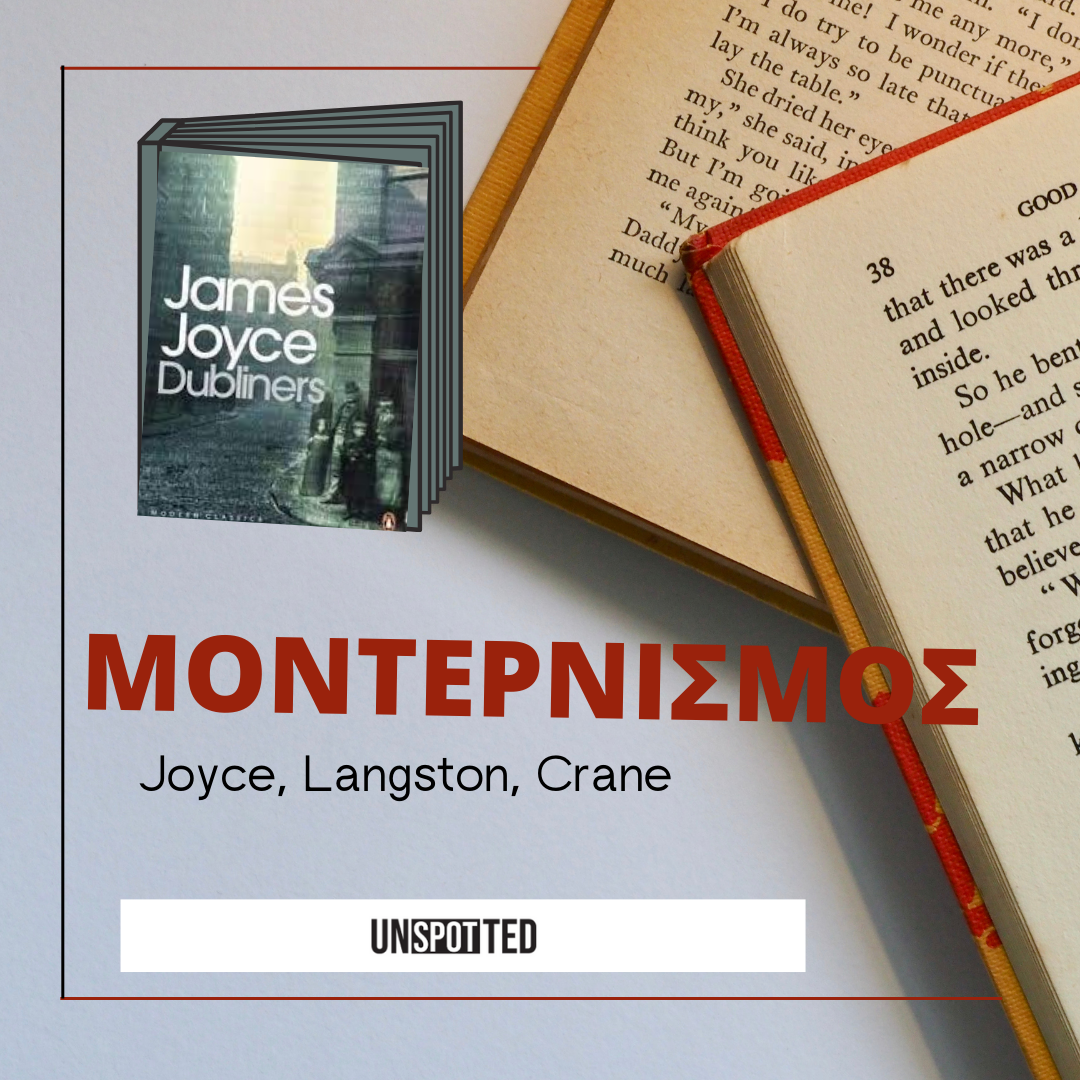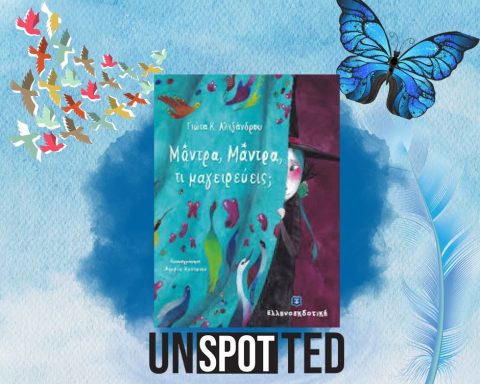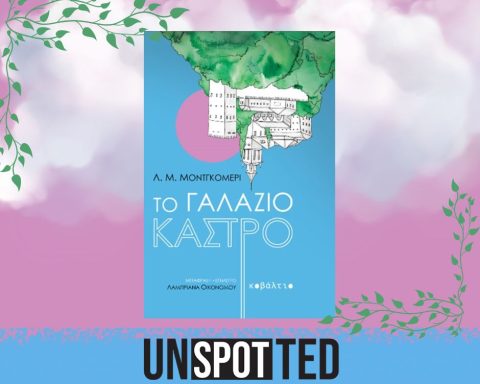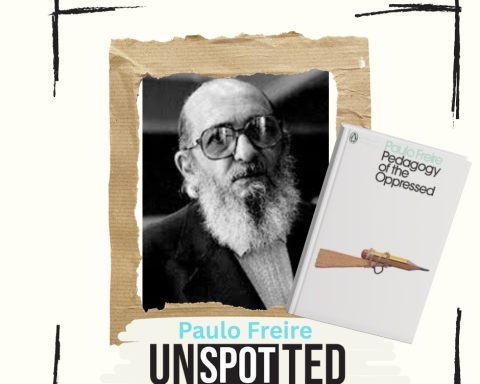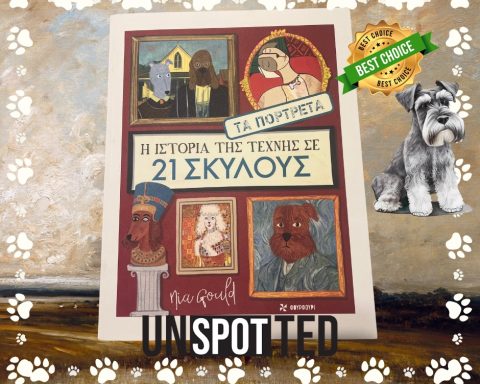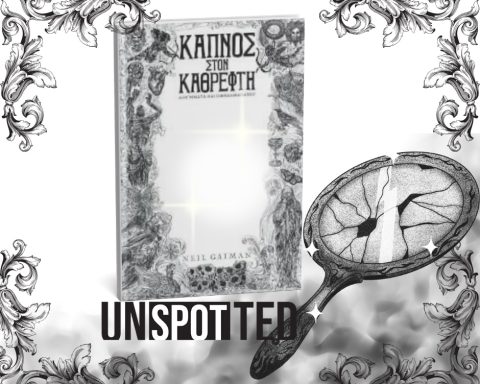Ένα νέο λογοτεχνικό είδος
Η μετάβαση στον 20 αιώνα σήμανε την αρχή μιας νέας εποχής. Η βιομηχανική επανάσταση επέφερε την έννοια του αστισμού και του μοντερνισμού (Haslam & Hopper, 2012) που επηρέασαν την λογοτεχνία σε μεγάλο βαθμό.
Ένα νέο λογοτεχνικό είδος δημιουργήθηκε το οποίο αντλεί έμπνευση από την πόλη και όχι τη φύση, αλλά παράλληλα διατηρήσει τα στοιχεία της ρομαντικής γραφής.
Μέσα από τη σύγκριση των τριών σύντομων διηγημάτων «Τwo Gallants” του Joyce , το «The pushcartman”του Langston , και τo “Brooklyn Bridge” του Crane θα προσπαθήσουμε να κατανοήσουμε την απεικόνισης της πόλης μέσα από τα μάτια αυτών των εκπροσώπων του Μοντερνισμού.
Η επιλογή των διηγημάτων βασίζεται στην λογική ότι η πρόθεσή των συγγραφέων είναι να εκφράσουν τον τρόπο που αντιλαμβάνονται οι άνθρωποι τις συνέπειες της βιομηχανοποίησης στις ζωές τους. Οι συγγραφείς γίνονται αμερόληπτοι παρατηρητές. Στόχος τους δεν είναι η κάθαρση ,αλλά η «επιφανεία» -epiphany(Asbee,2012).
Comparing and Contrasting
Joyce’s short story ‘The Two Gallants’ from The Dubliners embraces the idea of the ‘flaneur’ (Haslam &Hopper, 2012,p.24) and demonstrates the writer’s perspective of the city of Dublin that is connected through symbolism to the morality of its people. The urban elements and Joyce obsession with geographical details makes the story more realistic and gives the readers the impression that it is about a real story. The two “gallants” a completely ironic title since there is nothing gallant about two men who exploit a ‘slavey’ (Joyce,1992) girl, start their trip from the Rutland Square, passing past the Trinity College, walking along the Nassau Street and then turned into Kildare street where the great symbolism of the harp representing the decay of Ireland takes place. Hume Street is where the two gallants separated and one of the characters Leneham starts his own journey through Duke’s Lawn to Grafton Street and back to the Rutland Square. Through that course which seems to be circular, perhaps another symbolism of the confinement and paralysis of the Irish people of all ages, Joyce represents his perception of the people of the city
Joyce starts with a more formal and romantic third person narration ‘had descended upon the city’, ‘memory of summer’ (Joyce,1992,p.14) however he represents the dialogues in free indirect discourse in order to stay impartial and present their own thoughts and let the readers see their perspectives ‘I told her I was out of a job, said Corley.I told her I was in Pim’s’ (p45). Even when in this phrase the theme of unemployment, which was something common at that time, emerged, the narrator still remains impartial and makes no remarks.
Something very intriguing in Joyce’s short stories is that the adjectives he uses to describe people symbolize the actual state of the city. Joyce seems to use colours frequently in his descriptions to make connotations: ‘The grey warm evening’, ‘his hair was scant and grey’, ‘warm grey evening air’ (43), ‘a small gold coin shone ‘ (p55) These negative negative connotations create the feeling of gloominess from the beginning of the story. Repetition of words such as the word ‘street’ is also a literary device Joyce uses to evoke the feeling of distress and decay the city experiences. The implementation of poetic devices in the short story adds musicality and beat to it and stresses the pace and the hectic way of the city.
In his description the reader can imagine the streets being ‘shuttered’ and ‘swarmed’ with people and the movement and noise symbolically become more intense as the scene with the harp is described outside a club: ‘Here the noise of trams, the lights and the crowd released them from their silence’ (p.48). The new industrial era filled with alluring lights and sounds distracts them from the ‘mournful music’ of the harp that symbolizes Irelands decay and degradation, poverty and political conflicts. However, ‘the air which the harpist had played began to control his movements’ (p50).
During Leneham’s reflections the true face of desperation and anxiety, the young men faced at that time, comes to light. ‘He was tired of knocking about, of pulling the devil by the tail, of shifts and intrigues. He would be thirty -one in November. Would he never get a good job?’ (p.51-52). His dilemmas reflected the societies ones but just like the circular walkabout in the city, the story has no happy ending, it shows no resolution. Leneham forgets his moral dilemmas when suspicions of having been betrayed by his companion to crime and finally focuses on the materialistic pursuits that the urban life has installed when the gold coin was retrieved cunningly since the girl probable stole it from her master. This is where the readers’ epiphany emerges but not in a hopeful tone since the readers realize that our three characters, the two ‘gallants’ and the girl are all victims and predators, products of the decayed society.
‘Pushcart man’
Hughes’ ‘Pushcart man’ is also a short story similar to Joyce’s thematology.The story is based on the representation of the city reflected through the half stories and fast interactions of the people the pushcart man witnesses as he moves. The accelerated, chaotic scenes and the short interactions add feelings of anxiety and disorientation from the constant bombarding of events and the diversity of the characters. This diversity is depicted through antithesis: ‘midget/full-grown’(Asbee,2012,p.149), ‘dark young/light young’. Hughes uses an abstained third person narration and free indirect speech for his very short and quick- paced dialogues. This energized kind of narrative gives the short story genre a more modern air creating the term ‘poetic prose’. The poverty and degradation ‘He just ain’t good’ (p149) ‘Help the blind, please’ (Asbee, 2012,p.149), drinking, unemployment and criminality are common elements to the ‘Two Gallants’. Both Hughes and Joyce and perhaps Crane believed that the ‘sense of structure comes not from the plot, but from patterning’ (Asbee, 2012,p116). Both short stories become realistic through the adoption of slang in their dialogues and the names of real places. Although the urban madness is apparent however; his story differs from Joyce’s in the following points. Hughes’ characters are too many and are presented as ‘caricatures’ (Asbee, 2012,p115) and the main focus is the impressions of city He brings back the audience attention by the repetition of the motif (Asbee, 2012,p.116) “if you can’t get potatoes, buy potatoes’. Hughes’ epiphany although similar to Joyce’s conveys a shred of humanity when the pushcart man consoles the child in the inhumane and confined urban environment where everyone feels trapped.
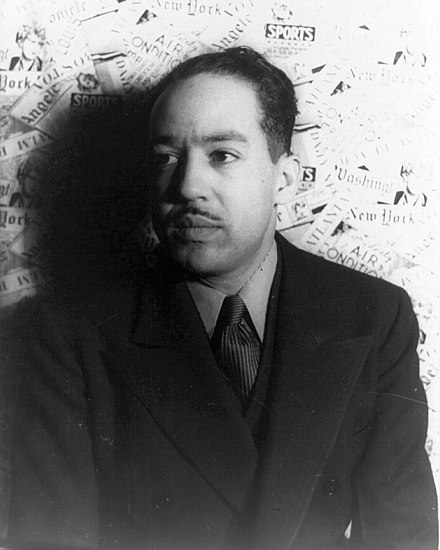
Crane’s approach
Crane’s approach to depict the city’s reality in a more romantic sense (Asbee, 2012) contradicts the above descriptions. The modernistic technique of flaneur from a distance becomes the base of the poem. ‘To Brooklyn Bridge’, one of Crane’s collection of poems called The Bridge (Asbee,2012) he attempts to marry romanticism to modernism and present technology as an extension of nature. Crane’s life in New York was far from easy. However, his optimism and hopeful perspective on the positive effects, industrialism could have on people’s lives, despite the tragedies, are reflected on this poem. What is remarkable in Crane’s ‘To the Brooklyn Bridge’ is the power of words. The poem contains the traditional romantic elements: first of all, it uses archaic language such as ‘Thee’ (13/14/16) repetitively in the same stanza, ‘thy’ (line24) and the exclamations as an appeal to a muse ‘O harp and altar’ (line 29), ‘O sleepless’ (line 41) makes the poem an ode resembling the ones of the romantic era. However, Crane wants to challenge his audience and becomes unpredictable when it comes to the rhyming pattern. Although he is consistent to the traditional iambic pentameter only few of the words are fully rhymed (clear/year, sod/God) and some half –rhymed (sleight/again). The language is also sophisticated ‘inviolate’, ‘apparitional’ ‘accolade thou dost’ (line 26) and sometimes unique ‘rip-tooth’. Perhaps, he refrains from following a pattern since his focus seem to be on the words’ connotations that can reflect musicality and imagery rather than insisting on an old-dated style. This union of techniques could also symbolize the union of the past with the present Crane visualizes.
‘Romantic Introspection’
The city is described using the traditional ‘Romantic Introspection’ (Asbee, 2012,p109). The narrator is a distant figure sitting under the piers confided with the city’s promising prison. He reveals himself in the tenth stanza where the urban houses are metaphorically described as “fiery parcels’. In the opening stanzas he describes the panoramic view through the seagull’s eyes and the motion of its wings which follows the ‘inviolate curve’ just like the bridge curves creating the shape of a half circle as the writer concludes with a descending movement. Movement is also a common feature with the pre mentioned short stories.
The metaphors to describe the hectic way and the constant motions in the poem are abundant and work in a mysterious and challenging for the reader way. Metaphors create an imagery filled with sounds (harp), where the author’s vision of an urban utopia needs to be deciphered. The urban scenery is filled with a tone of tranquility strangely coexisting with active and vivid adjectives. Motion is defined through ‘pivot’, ‘tumult’, ‘elevator drop’, ‘hastened’, ‘vibrant’, ‘fury fused’. The personification of the bridge whose cables ‘breath’ or her identification to a harp where the cables are the chords, give the readers the anticipation of exploring the panoramic view that stretches beyond the ocean and adds to the new- found enthusiasm towards this promising industrial city (line 24) in a smooth and calm breathing beat.
Crane, however, is not ignorant of the dark side of the city just like the other writers. In the 5th stanza he describes in metaphorical way a man who commits suicide. The bridge, which has become through symbolism the symbol of freedom and rebirth, also becomes a place where life ends due to the city’s dark side, which hides itself under the bridge, ‘Only in darkness is thy shadow clear’ (line38). However, the bridge is the light and the darkness cannot affect it. It is the bridge that connects the past to the future and conveys hope, signifying epiphany.
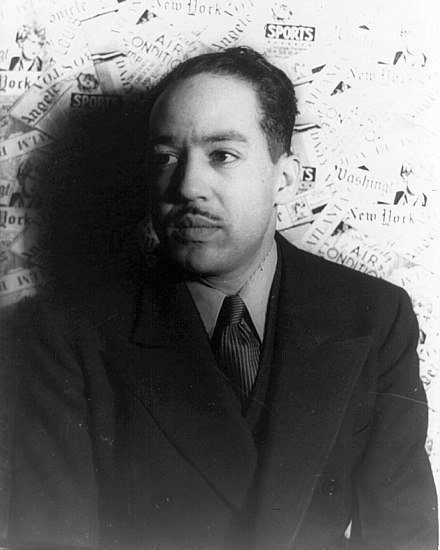
Conclusion
It becomes obvious that the texts compared above contain many common features that most modernists writers share such as the observation from a distant and non-judgmental position, the notion of flaneur where the narrator wanders to witness his reality however each writer’s reality and perspective over the new urban scenery and advanced technology differs. In the ‘Two Gallants’ Joyce removed every shred of hope for resolution. Chronologically although Langston seems to share the same perspective of the urban reality, he ends his short story with a small trail of humanity and in the last text, Crane’s symbolism visualizes the bridge as a beckon of hope and evolution.
BIBLIOGRAPHY
Asbee, S., (2012) ‘New York:poems and stories’, in Haslam, S. and Asbee, S., (eds) The Twentieth Century, London, Bloomsbury Academic/Milton Keynes, The Open University, pp. 99-172.
Crane, H., ‘To Brooklyn Bridge’, p 143–4; reprinted in Haslam, S. and Asbee, S., (eds) The Twentieth Century, London, Bloomsbury Academic/Milton Keynes, The Open University.
Haslam, S. and Hopper,G. (2012) ‘James Joyce, Dubliners: city, theme and period’, in Haslam, S. and Asbee, S., (eds) The Twentieth Century, London, Bloomsbury Academic/Milton Keynes, The Open University, pp. 11-39.
Joyce, J. (1992). Dubliners. (ed. T. Brown) 1st ed. London, Modern Classics, pp.43-55.
Langston, H., ‘Pushcart Man’, p 149–50; reprinted in Haslam, S. and Asbee, S., (eds) The Twentieth Century, London, Bloomsbury Academic/Milton Keynes, The Open University.
- Paperback | 368 pages
- 130 x 198 x 21mm | 270g
- 03 Feb 2000
- Penguin Books Ltd
- Penguin Classics
- London, United Kingdom
- English
- Repr.
- 9780141182452

